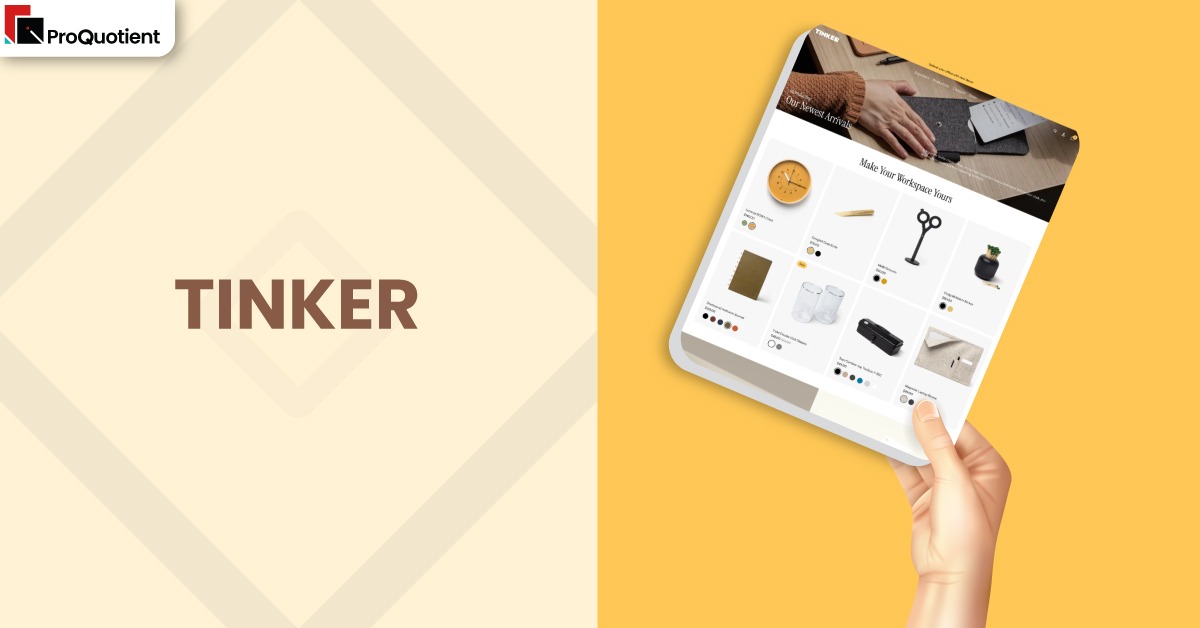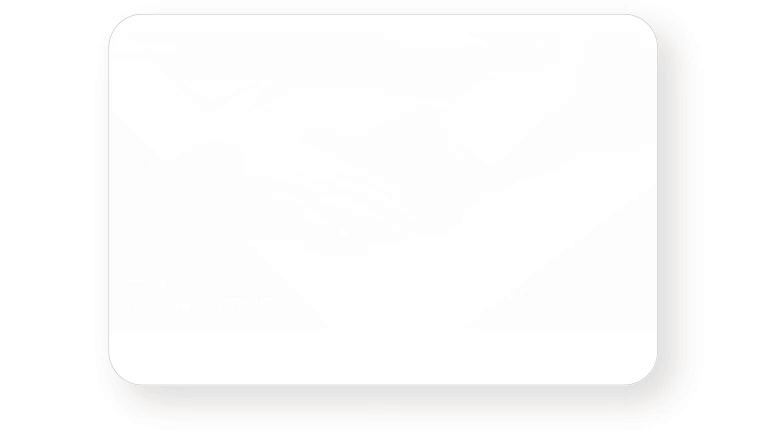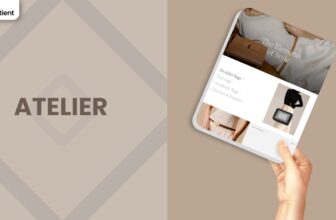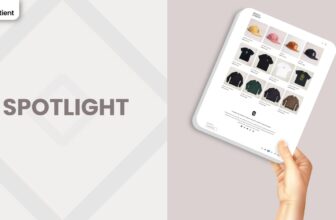Tinker Shopify Theme Review: Experimental Layouts For Ambitious Stores

A FREE Shopify theme that gives you near premium layout control, if you are willing to learn its quirks.
Introduction
Tinker is a FREE Shopify theme built for merchants who want their store to feel dynamic and contemporary rather than bare bones. It leans into grids, carousels, and block based layouts that can make even large catalogs feel curated. You also get AI assisted sections inside the editor, which helps you create new blocks without writing code.
Merchant feedback shows a very split picture. Many store owners love how Tinker looks and say it is the best free theme they have tried. Others report bugs on collections, mobile behavior, and speed, along with frustration when updating versions while using custom code. This review looks at when the Tinker Shopify Theme is worth the effort and when a simpler option is safer.
| Summary of Tinker Shopify Theme |
|---|
| Free Shopify theme that behaves more like a flexible design toolkit than a basic template. |
| Built for visually rich catalogs that benefit from card driven layouts, carousels, and bento style sections. |
| AI generated blocks and strong template support allow complex pages without hiring a developer for every tweak. |
| Reviews praise the look, flexibility, and extensibility, but point to bugs, slow stores, and confusing mobile options. |
| Updates and version changes can affect customised stores, so you need a clear backup and migration habit. |
| Best suited to hands on merchants who enjoy testing, iterating, and refining rather than setting a theme once. |
Ideal For Niches With Supporting Features
Tinker suits stores where presentation is part of the product story. It works best when you want to move beyond a simple grid, but still stay inside the official Shopify theme ecosystem. Brands that run ongoing campaigns, multi category assortments, or highly visual products tend to get the most from this theme. The table below shows how the Tinker Shopify Theme maps to different types of businesses.
| Niches | Supporting Features | Why They Matter? |
|---|---|---|
| Multi category and marketplace style stores | Collection bento layouts, collection list carousels, flexible templates | When you sell many kinds of products, you need varied layouts that still feel unified. Tinker lets you spotlight key groups while keeping long catalogs navigable. |
| Fashion, jewellery, and accessories | Image rich product cards, variant friendly pages, upsell rows | Apparel and accessories rely on visual comparison and clear options. Tinker’s product blocks can show multiple images, key details, and related items without crowding the page. |
| Home decor, gifts, and lifestyle | Storytelling sections, featured collection blocks, AI generated content areas | Lifestyle buyers respond to context, bundles, and mood. This theme lets you place stories and products side by side so each collection feels like a mini campaign. |
| Tech, gaming, and digital goods | Bold grids, promotional tiles, featured blocks | Stores selling gadgets or digital products need to highlight features, bundles, and offers. Tinker’s more expressive layouts help you combine feature lists with product groups in one view. |
| Content plus commerce brands | Blog support, mixed content layouts, AI assistance for new blocks | If your brand publishes articles, guides, or lookbooks alongside products, you need flexible sections. Tinker allows articles and items to coexist in ways that do not feel bolted on. |
Presets
Tinker does not use traditional named presets in the same way some premium themes do. Instead, you shape the look using color schemes, typography choices, card settings, and which sections you place on each template. That means the Tinker Shopify Theme can shift from bold and promotional to calmer and more neutral without changing theme. For best results, decide on a clear visual direction, standardise image ratios, and keep your section mix consistent across core pages.
Key Features And Highlights
Because Tinker ships with a large number of sections and controls, it helps to focus on the capabilities that will affect how you work every week. Some features change the way your catalog appears, while others influence navigation, performance, or how apps can plug into the storefront. Used thoughtfully, the theme gives you a level of control that many merchants normally expect from paid themes. The table below covers the most important elements to understand before you rebuild on the Tinker Shopify Theme.
| Features | What It Is And Why It Matters? |
|---|---|
| AI assisted sections in the editor | Tinker can generate new section structures directly from prompts inside the theme editor. This helps you quickly spin up blog grids, feature rows, or custom content blocks where no manual section exists yet. It is still important to revise what AI produces so it matches your brand voice and layout needs. |
| Bento inspired collection and feature layouts | Several sections allow you to mix large and small cards, creating collage style collections or feature areas. This lets you push hero products or categories without hiding the rest of the range. Merchants must configure these carefully to avoid duplicated collections or confusing repetition. |
| Rich product cards and galleries | Product cards can show multiple images, hover states, and badges, giving shoppers more information from the collection view. This reduces the need to open every product page, especially on desktop. On mobile, you should test that these interactions still feel smooth and do not distract from basic tapping. |
| Template control for products and collections | Online Store 2.0 templates allow you to assign different layouts to specific groups of products or collections. That means complex items can get detailed pages, while simple products stay short and focused. Tinker makes heavy use of this system, so understanding templates is key to getting the most out of the theme. |
| Advanced collection list and featured sections | You can feature collections in carousels, lists, and bento grids, helping visitors discover departments quickly. Reviews mention occasional issues with collection lists and arrows, so these sections should be tested with real data instead of relying on the demo. |
| Flexible header, mega menu, and footer | The header supports complex navigation, including more visual layouts, while the footer can hold several groups of links. This helps large catalogs stay organised. Some merchants feel the mega menu cannot yet handle very simple dropdown patterns elegantly, which is worth considering if your menu needs are basic. |
| Personalisation and custom input blocks | Custom blocks and AI generated fields can add text inputs for personalised items. These fields must be wired so data appears in cart, emails, and order details. For stores built on custom products, testing this flow thoroughly is essential before going live. |
| Filtering and sorting tools | Tinker respects Shopify’s native filter and sort systems but adds its own presentation. Some store owners report that filters or sorts do not update immediately without a refresh, which is often linked to specific setups or apps. Either way, this is another area to stress test with a full catalog. |
| Cart notes, side cart, and upsell options | The theme includes cart features such as optional notes, along with sections for recommended items. These features can lift average order value and capture critical information when configured well. Merchants should verify that notes and line item properties behave as expected. |
| App and Plus feature alignment | Parts of the demo, such as combined listings for multi image variants, rely on Plus only features or specific apps. This can be confusing for stores on basic plans. When planning your build, separate what belongs to the Tinker Shopify Theme and what requires additional tools or higher tiers. |
Theme Experience!

From a shopper’s point of view, Tinker feels modern and slightly app like, especially on larger screens. Cards, tiles, and carousels create a sense of movement that can keep browsing interesting. At its best, the theme gives a polished impression that feels closer to a custom build than a generic template. At its worst, misconfigured sections or untested mobile behavior can make pages feel busy or inconsistent. The table below outlines how the experience usually plays out for customers.
| Experience Area | What Shoppers Feel In Practice? |
|---|---|
| First impression on the homepage | Visitors are welcomed by strong blocks, structured grids, and clear calls to action. The store looks contemporary, which helps establish trust quickly. Provided you keep the hero region focused, shoppers understand what you sell in the first few seconds. |
| Browsing category and search results | Collections present rich product cards with images, price, and sometimes gallery interactions. Shoppers can skim quickly and open only the items that truly interest them. When pagination or auto loading is tuned well, long lists feel manageable rather than endless. |
| Exploring product pages | Product pages emphasise imagery and core information, with space for extra content such as icons or expanding rows. Variant selectors and pricing are usually easy to spot. For personalised items or multi variant products, additional blocks can present options without turning the page into a long wall of text. |
| Moving through the navigation menus | The header and mega menu reveal structure without needing many clicks. Shoppers can jump between departments or campaigns efficiently. Once the footer is configured, customers can also reach policies, about pages, and contact information from every view. |
| Adding to cart and heading to checkout | Quick add options on cards and clear add to cart buttons on product pages make committing to an item simple. Cart notes or drawer layouts give a clear overview of what is being purchased. The overall flow should feel consistent with other modern Shopify stores, so there are no surprises at payment time. |
Performance, Explained!
Tinker is visually ambitious, so performance depends on disciplined content and app choices. Large galleries, carousels, and bento sections can add weight, especially when paired with high resolution images or embedded videos. Several merchants mention slower page speeds compared to leaner free themes, particularly when the store relies on many apps or complex layouts. To keep things healthy, compress imagery, avoid stacking too many heavy sections above the fold, and test speed on real phones and older devices, not just desktop tools.
Pricing
Tinker is a free Shopify theme, so you do not pay an upfront license fee. That makes it attractive if you want a feature rich layout without buying a premium theme on day one. The trade off is that you may invest more time into configuration, performance tuning, and testing than you would with a simpler template. Budget separately for any apps you need to add features such as countdown timers, preorder logic, or advanced discount display.
Stores Build with Tinker Shopify Theme
Live stores using Tinker often lean into bold, grid based layouts while still keeping content structured. Many merchants run general merchandise, gifts, or fashion, combining bento sections with simple rows for everyday browsing. Others use the theme for more specialised shops, such as stationery or digital products, and rely on AI generated sections to fill gaps in the default section list. In all these cases, consistency of images, clear typography, and a restrained number of homepage sections tend to separate polished sites from cluttered ones.
You can also see merchants learning to work around early bugs or quirks. Some store owners find fixes for mobile card galleries, collection list behaviour, or variant displays, often with help from support or light CSS adjustments. These examples are useful because they show what is possible when you stay patient and iterate instead of expecting everything to be perfect on the first configuration. Stores already using the Tinker Shopify Theme include:
- Tendre papier
- Silver Triangle Leatherworks
- Musicmedia24
- The Style Sentimentalist
- Red Branded
- Qwickhose
- Moderno Wall Art
- Paper Cute Ink
- City University Canada Bookstore
Themes Similar to Tinker
Tinker sits among several official Shopify themes that target merchants wanting more than a basic starter, but less than a fully custom build. Some alternatives prioritise speed and simplicity, while others tilt toward storytelling or specific verticals. Comparing them helps you decide whether you need Tinker’s extra flexibility or whether another free theme might match your store with fewer moving parts.
| Shopify Theme | FREE or Paid? | Why is it Similar? |
|---|---|---|
| Dawn | FREE | Dawn is lighter and easier to grasp, with fewer complex cards and experiments. It suits merchants who want a clean store, strong performance, and predictable behaviour more than heavy layout tricks. |
| Refresh | FREE | Refresh focuses on simple product storytelling and clean lines. It is a good alternative if you want modern design without managing bento grids, AI sections, or complex card galleries. |
| Dwell | FREE | Dwell targets home and lifestyle brands with calmer layouts and large imagery. It offers structure for decor and gifts without the same level of experimental card behaviour that Tinker encourages. |
| Ride | FREE | Ride is ideal for active and sports influenced brands that need energy and motion. It has strong visual presence, but relies on more conventional layouts than Tinker’s card and bento experiments. |
| Colorblock | FREE | Colorblock uses bold panels and simple grids to highlight merchandising. It is more straightforward and less feature heavy, making it friendlier for new merchants and smaller catalogs. |
Pros and Cons
Every theme involves trade offs, and Tinker is no exception. Its power lies in advanced layouts, AI assistance, and deep editor controls. Its drawbacks appear when these same strengths become sources of complexity, slower stores, or confusion for less technical teams. The list below summarises the main advantages and limitations so you can make a clear decision.
| Pros | Cons |
|---|---|
| Very flexible layouts, including bento style sections and rich product cards, give the store a distinctive, modern feel. | Performance can suffer on image heavy or app heavy stores, especially compared to more minimal free themes. |
| AI assisted sections make it easier to prototype new blocks and page structures without developer help. | Some merchants encounter bugs with collection lists, filters, mobile cards, and older iOS devices that require careful troubleshooting. |
| Strong template support lets you build different experiences for product groups and collections inside one theme. | The editor can feel overwhelming, and updates may require careful migration if you rely on custom code or deep configuration. |
| Personalisation fields and metafield integration help stores selling customised or complex items. | Certain basics such as countdown timers, advanced preorder flows, and clear “from” price ranges still depend on apps. |
Our Rating
Because Tinker tries to offer near premium flexibility as a free theme, its strengths and weaknesses are more pronounced than some peers. It can underpin a very sophisticated storefront, yet it demands more attention to speed, testing, and version control. The ratings below reflect that balance so you can decide whether the Tinker Shopify Theme matches your working style and growth plans.
| Parameters | Our Ratings | Summary |
|---|---|---|
| Feature Depth | 4.7/5.0 | Tinker provides a wide range of sections, layouts, and AI driven tools that rival some paid themes. Most small and mid sized merchants can design complex, engaging pages without touching liquid, provided they are willing to explore the options. |
| Design and Customization | 4.5/5.0 | The theme supports expressive, modern storefronts with strong visual hierarchy. You can build very different looks from one install by adjusting cards, colors, and templates. The complexity of mobile versus desktop settings, however, can frustrate users who prefer simple knobs. |
| Performance | 3.2/5.0 | With discipline, Tinker can be made reasonably quick, but it is much less forgiving than leaner themes. Heavy galleries, multiple carousels, and layered apps can slow pages, and several merchants report speed drops after migrating from more minimal setups. |
| Value for Money | 4.8/5.0 | As a free theme that behaves like a design system, Tinker delivers substantial value. You save on theme licensing and can invest in assets or apps instead. The main cost is your time spent experimenting, testing, and occasionally debugging. |
| Support and Updates | 3.5/5.0 | Shopify’s team is actively improving Tinker, but merchants still report open issues, especially around bugs and update workflows. Having clear backups, a staging theme, and patience with support makes the update process more manageable. |
| Overall | 4.1/5.0 | Overall, the Tinker Shopify Theme is a strong choice for merchants who enjoy shaping their storefront and want room to grow. It is not ideal for those who want a minimal, maintenance free theme, but it can be very rewarding when treated as a long term base. |
User Reviews: What Merchants Say
Merchant opinions on Tinker are passionate on both sides. Many users describe it as the best free theme they have tried, calling out its flexibility, modern look, and the way AI tools inside the editor help them add sections that would otherwise require development time. Stores that put in the hours to understand templates, layouts, and mobile behaviour often end up genuinely proud of their new storefronts. They appreciate how much can be achieved without buying a premium theme.
On the other hand, a significant number of reviews talk about bugs, slow performance, and configuration headaches. Some merchants report issues with collection filtering, sold out badges, collection lists, mobile galleries, and variant image behaviour that took time to resolve or are still open. Others highlight how difficult it can be to keep customisations intact during theme updates, especially when they rely on manual code edits. The overall message is that the Tinker Shopify Theme can be outstanding, but it demands seriousness about testing and ongoing maintenance.
Our Verdict
Tinker is a powerful free theme for merchants who treat their storefront as a living project rather than a one time setup. If you are comfortable experimenting, iterating, and occasionally debugging, it can deliver a store that feels unique, modern, and highly tailored to your catalog. Brands with visual products, multi category assortments, or a strong content strategy often benefit most from its layout options.
If your priority is maximum speed, minimal configuration, and straightforward updates, you may be better off with a simpler theme. The Tinker Shopify Theme rewards time and curiosity but can overwhelm teams that want something they rarely have to touch. As long as you go in with realistic expectations and a clear testing plan, it can be a robust long term base for a growing Shopify business.
GET THE BEST APPS IN YOUR INBOX
Don't worry we don't spam








